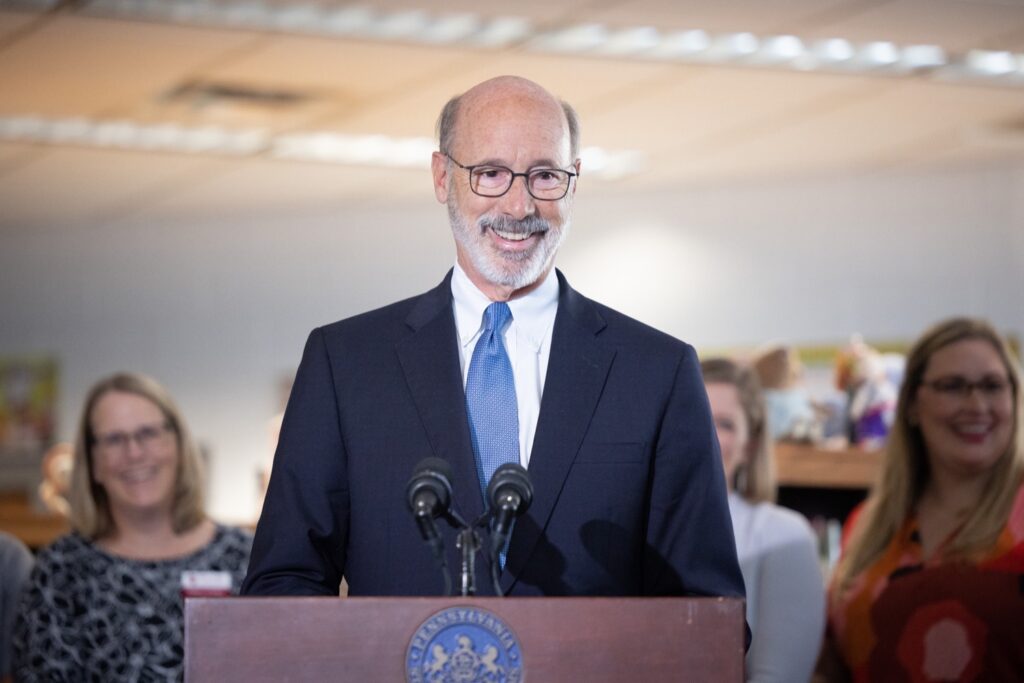Last week, Gov. Tom Wolf announced a $21.5 million plan to provide universal school breakfast to students across Pennsylvania for the 2022-23 school year.
About 1.7 million public school students statewide, including more than 800,000 who were not previously eligible for free breakfast, may now receive breakfasts at no charge beginning Oct. 1.
Lancaster County’s public school enrollment is a little under 68,000. About 38,000 of those students are newly eligible for free breakfast, on top of the nearly 30,000 students who were eligible already.
This eligibility expansion is a huge step forward for the child nutrition programs in Lancaster County schools. Estimates that combine 2019 breakfast participation rates with 2022 reimbursement rates indicate that it will bring at least $783,000 in additional financial support to public schools across the county.

This figure is a conservative estimate, as it assumes that the eligibility expansion has no effect on the number of breakfasts served. School districts could receive even more financial support if more children begin to participate in the program.
However, simply making more students eligible is not enough to ensure that children receive school breakfast. In Lancaster County, two school districts identified to have high program eligibility — School District of Lancaster and Columbia Borough School District — participate in the federal Community Eligibility Provision (CEP), which allows them to provide free breakfasts and lunches to all students.
In the two districts, only about 45% of students who received free lunch also got breakfast. This rate is low relative to comparable CEP schools across the Central Pennsylvania Food Bank’s 27-county service territory. Among those similar schools, around 60% of children who ate free lunch also received breakfast.
So, maximizing the impact of the school breakfast expansion for Lancaster County students will require local action. School districts should consider using the additional revenue they will receive to implement alternative breakfast service models that have previously been shown to increase student participation, such as breakfast in the classroom, second-chance breakfast, and breakfast after the bell.
Greater participation in school breakfast first and foremost benefits students, who need nutritious meals to fuel their learning, but it also will increase the amount of funding schools receive through reimbursements from both Pennsylvania and the federal government.
The governor’s announcement offers an enormous opportunity to Lancaster’s, and Pennsylvania’s, students. However, school districts and other stakeholders have much work to do to truly realize the full benefit of this investment.
Note: Due to data limitations resulting from the COVID-19 pandemic, county-level estimates must be made using 2019-2020 school year school nutrition program data from the Pennsylvania Department of Education. Cost estimates were made using 2019-2020 meal service data, but 2022-2023 reimbursement rate formulae, assume no increase in participation rates as compared to 2019, and assume about 35 weeks of school meal service.






